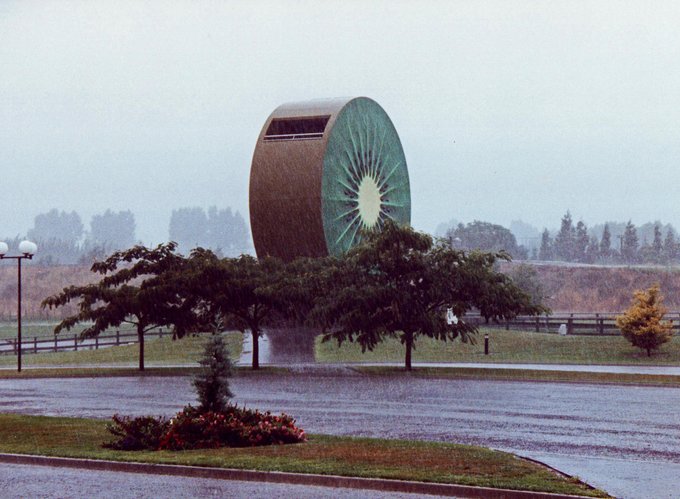You’re sticky with fruit juice and the tips of your fingers are stained a deep plum colour, but you’ve never felt better – you’re fruit picking, contributing to the food industry with your very sweaty labour. The apples, pears and grapes that you collect in your bucket will be shipped off to both small and large retailers across the world, enjoyed by unknown and faraway humans and perhaps the occasional lucky rabbit. I once spent a few months in New Zealand undertaking this somewhat backbreaking toil, but thoroughly enjoying it.
Fruit picking in New Zealand is one of the main job options, particularly for travellers who are looking to make a quick buck alongside other likeminded people, whilst taking advantage of the nutritious surroundings and nibbling away at the freshest fruit. Because of the range of fruits that are grown in New Zealand, picking can take place all year round, with different regions specialising in certain types or varieties of fruit.
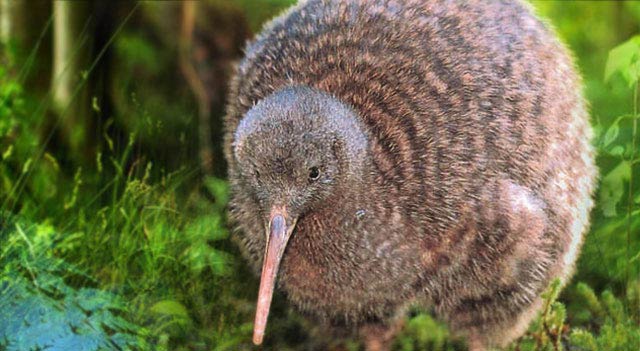
The Bay of Plenty is renowned for its surfing beaches and abundant seafood, and has also been a notable fruit haven for centuries. In the 18th century, British explorer Captain Cook noticed the vast quantities of food supplies in the region, and aptly gave it the name Bay of Plenty. Today the region is renowned for its crops of avocados, citrus and also kiwifruit. Between these various varieties, pickers are kept busy for around 11 months a year harvesting these soft delicacies. New Zealand (home, of course, of all ‘Kiwis’) is in actual fact responsible for some 35% of the world’s kiwi trade.
Kiwifruit is actually native to southern China, and has been declared the Chinese national fruit. The fruit was previously known as the Chinese Gooseberry as well as the ‘Melonette’ after WWII. It only took on the name ‘kiwi’ in around 1962, when exporters suggested it because the kiwi bird – New Zealand’s national symbol – apparently bares a similar appearance to the fruit. Since that time the name has caught on and is now used internationally.
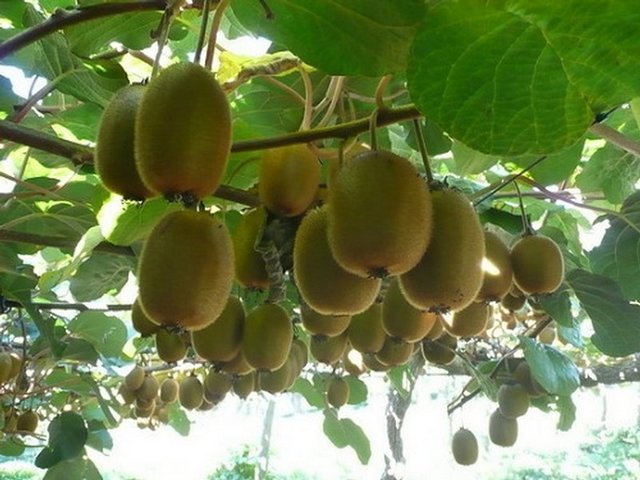
Fruit picking is fairly low paid work, and as such it is usually carried out by migrant workers or hungry gap year-ers. In places like California there is frequently controversy concerning the low wages and often miserly working conditions of the migrant workers – most frequently Mexican immigrants – as well as concerns around the replacing of these workers with automated machines, which could of course take these jobs away altogether. However, because robots are still in the early stages of design, they are less efficient pickers because they don’t have the same delicate hands and touch as real humans and as such are more likely to bruise and damage the fruit.
I remember being taken to strawberry picking farms just outside the M25 when I was about four or five. I would suddenly find myself in a dreamy strawberry field and, equipped with a small basket, be sent forth to gather dessert for later on. Perhaps my parents were taking advantage of my small and delicate fingers, but it always seemed like a lot of fun and I’m sure I ate more berries than I saved for later, so I think I won.
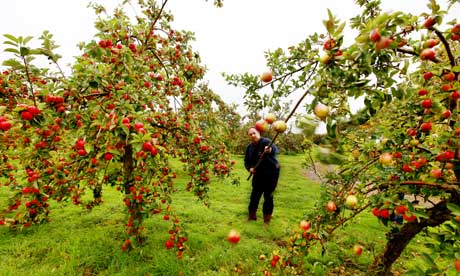
Apparently strawberries were originally called ‘strewberries’ because the fruit was ‘strewn’ amongst the leaves of the plant. Strawberry cultivation began as early as the 1300’s in Europe, although the common garden strawberry that we can buy today was not grown until the 18th century in France. However, strawberry fruit was mentioned as far back as ancient Roman literature, where it was cited for its medicinal qualities. Presumably the rosy sweet flesh was thought to be good for curing people of ailments, and indeed the entire strawberry plant used to be used to treat depressive illnesses.
Fruit obsession also reaches new heights with the ‘fruitarianist’ diet, an offshoot of veganism that avoids animal products or grains and includes only fruits, beg, nuts and seeds. Although definitions vary, some of the stricter fruitarian sects only eat food that has fallen naturally (i.e. not been picked) from a plant, so that the plant has not been ‘harmed’. Some fruitarians don’t eat grains, as they believe that it is ‘unnatural’ to do so, and some even extend this to the consumption of seeds.
The reasons for taking on this diet are multifarious, and include ethical, political, environmental, religious and medical reasons. So whilst environmental fruitarians might argue that this diet is beneficial for eco systems and better seed dispersal, a religious fruitarian might believe that theirs is the original diet of humankind, and that they are partaking in a return to an Eden-like paradise.
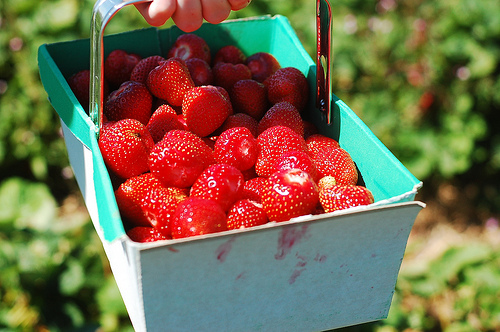
Fruitarianism's advent is unknown – because of the environments and ways in which people have lived across history, it is quite likely that it has been practiced in various forms for a long time. Notable fruitarians include Mahatma Gandhi, who advocated peaceful and ethical ways of living, and Steve Jobs, who is quite possibly in love with the Apple.
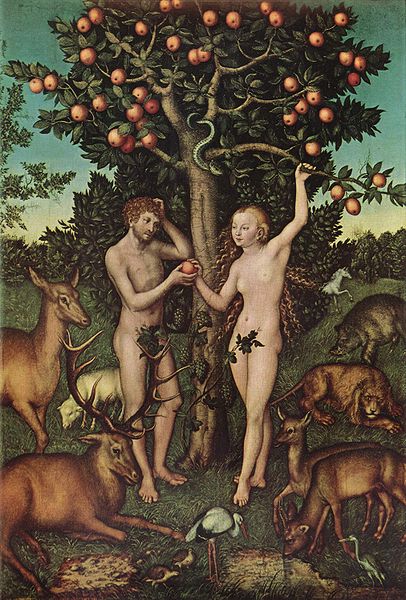
Although certain climates and parts of the world might offer a varied range of fresh produce, the diet seems less tailored to urban living. Living off only fresh fruit and veg in the city requires that they be shipped from around the world – arguably doing a fair amount of damage to the planet. Recently actor Ashton Kutcher was hospitalised after eating a fruit-only diet, claiming that he was “doubled over in pain”.
Indeed a spokesperson for the British Dietetic Association says that it is pretty much impossible to get all the necessary nutrients on a fruitarian diet. Apparently you miss out on essential fatty acids including B12, which can lead to anaemia. Plus deficiencies of calcium, protein and iron make people tired, lethargic, and can lower immune systems – certainly not an ideal diet outcome. Fruit is a very yummy food with plenty of nutritional goodness, but probably best to stick to the smaller doses.
